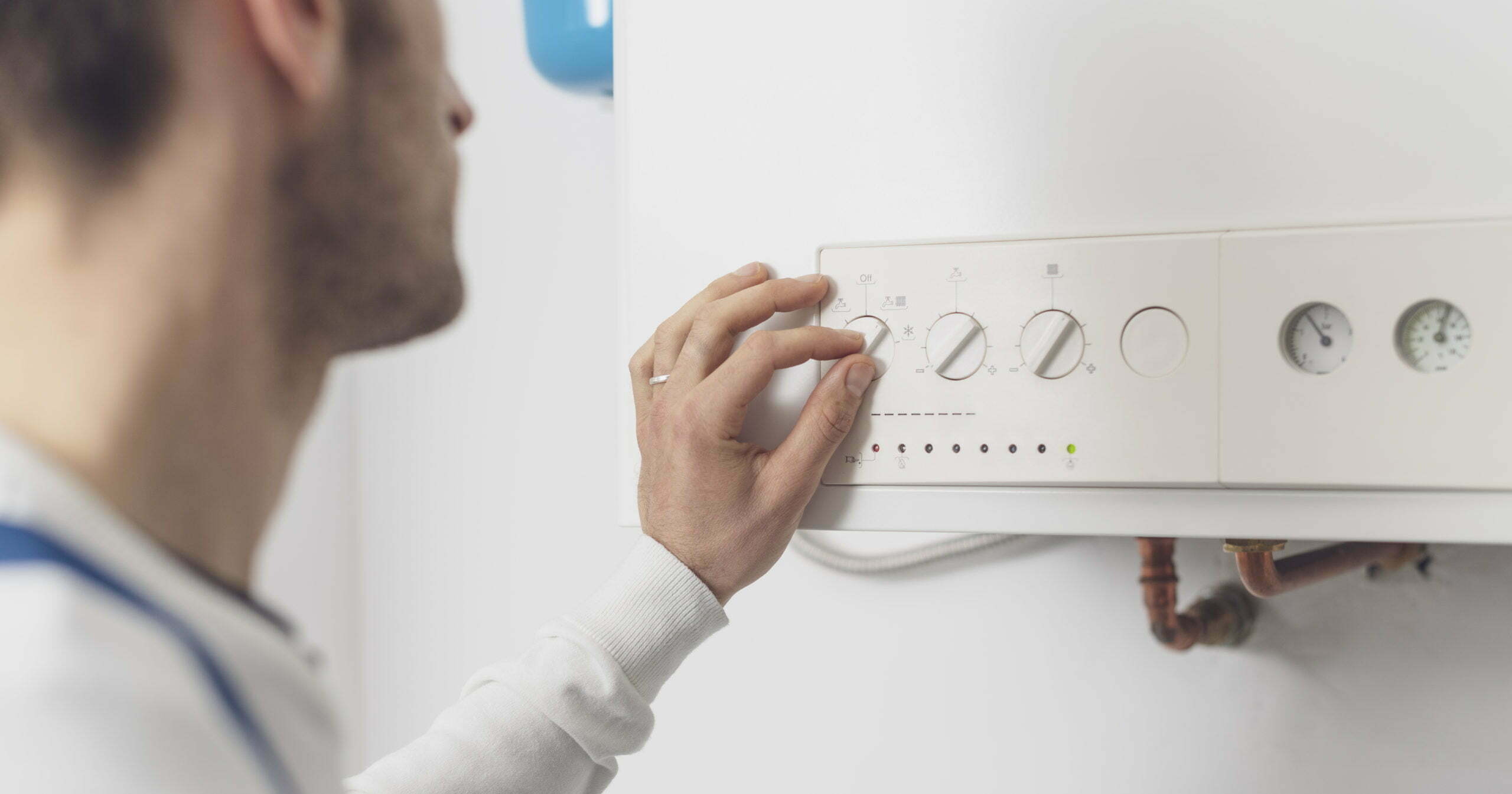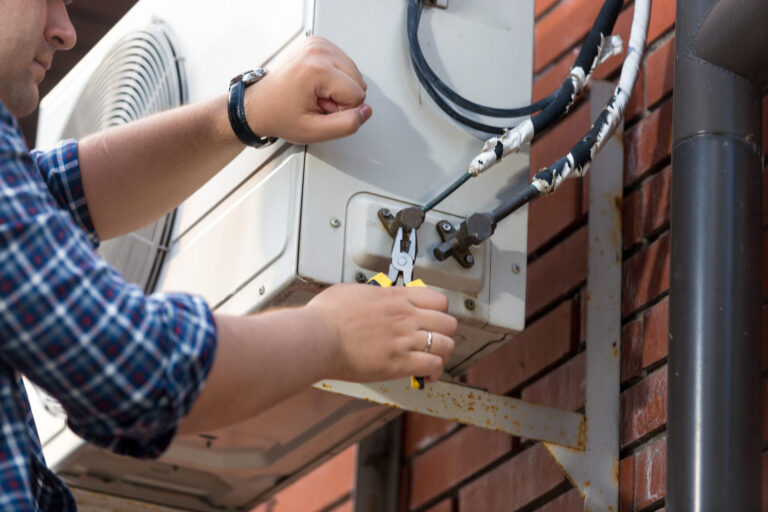For all homeowners, there are specific responsibilities needed to keep their households up and running. Although the backyard and garage have numerous areas where DIY maintenance is possible, other spots are more delicate. When it comes to a home’s operating systems, for instance, the risk of causing more expensive damage should make a homeowner think twice about handling the repairs themselves. At the top of that list is a home’s HVAC system, composed of both the air conditioning and heating systems.
If you’re a homeowner and have been experiencing issues with your heating system, particularly the household’s furnace, there’s a chance you’re contemplating a DIY solution. Before you begin, however, it’s important to weigh your options, as well as the possible damage that can occur without the help of a professional HVAC technician. Here, we will look at just a few of the potential risks of attempting your own air conditioner and furnace repair, as well as a few ways to save on your money utility bills.
The Common Signs of Furnace Issues

You may suspect a furnace problem due to a lack of proper heat throughout your living space. However, if you’re unaware of the potential risks of performing your own furnace repair, first consider the alternative reasons that the temperature isn’t reaching the thermostat’s reading. Due to the delicate nature of DIY furnace repair, it’s always important that you check those possibilities first. For example, if there’s a chance that your home’s ventilation or ductwork is due for a cleaning, a professional maintenance cleaning could be an affordable solution.
Likewise, every homeowner should keep an eye on their ductwork’s air filters. Aside from enabling proper airflow by catching outside allergens and debris within their mesh, the filters also improve your home’s indoor air quality. Changing your air filters approximately every other month is the best way to ensure that these elements are operating properly. With less stress on your machine, the HVAC unit will last even longer.
The Risks of DIY Furnace Repair

Although there are some homeowners who would be comfortable attempting a DIY furnace repair without the help of a professional technician, it’s not recommended. This is primarily due to the safety hazards that can come from a malfunctioning furnace. For example, faulty wiring can sometimes develop into a potential fire hazard. In that same way, your furnace’s construction requires yearly inspections in order to check for possible gas leaks. One of the greatest dangers of an unchecked faulty furnace is the potential for a carbon monoxide leak. Unlike the air quality issues that can arise from dirty air filters, carbon monoxide is odorless and potentially fatal. For the sake of safety, consulting a professional technician or contractor before attempting any form of your own furnace repair is highly recommended.
Aside from the risks to your family’s health and safety, a faulty furnace can also lead to higher bills. Much like ductwork or thermostat issues, broken systems require more energy to operate. Over time, the wear and tear on your furnace can lead to a breakdown or other expensive repairs. Additionally, with more energy come higher monthly bills, which are easily avoided with routine maintenance. If you’re concerned with the longevity of your household’s heating system, particularly if you have an older furnace in your home, you may also consider a yearly maintenance policy. With a proper policy from your original HVAC or heating system manufacturer, your seasonal tasks will always be addressed. In addition to the yearly inspections that can keep your family safe and your unit functioning, a maintenance policy also guarantees that you’ll know exactly when it’s finally time to replace the furnace with a newer model.




